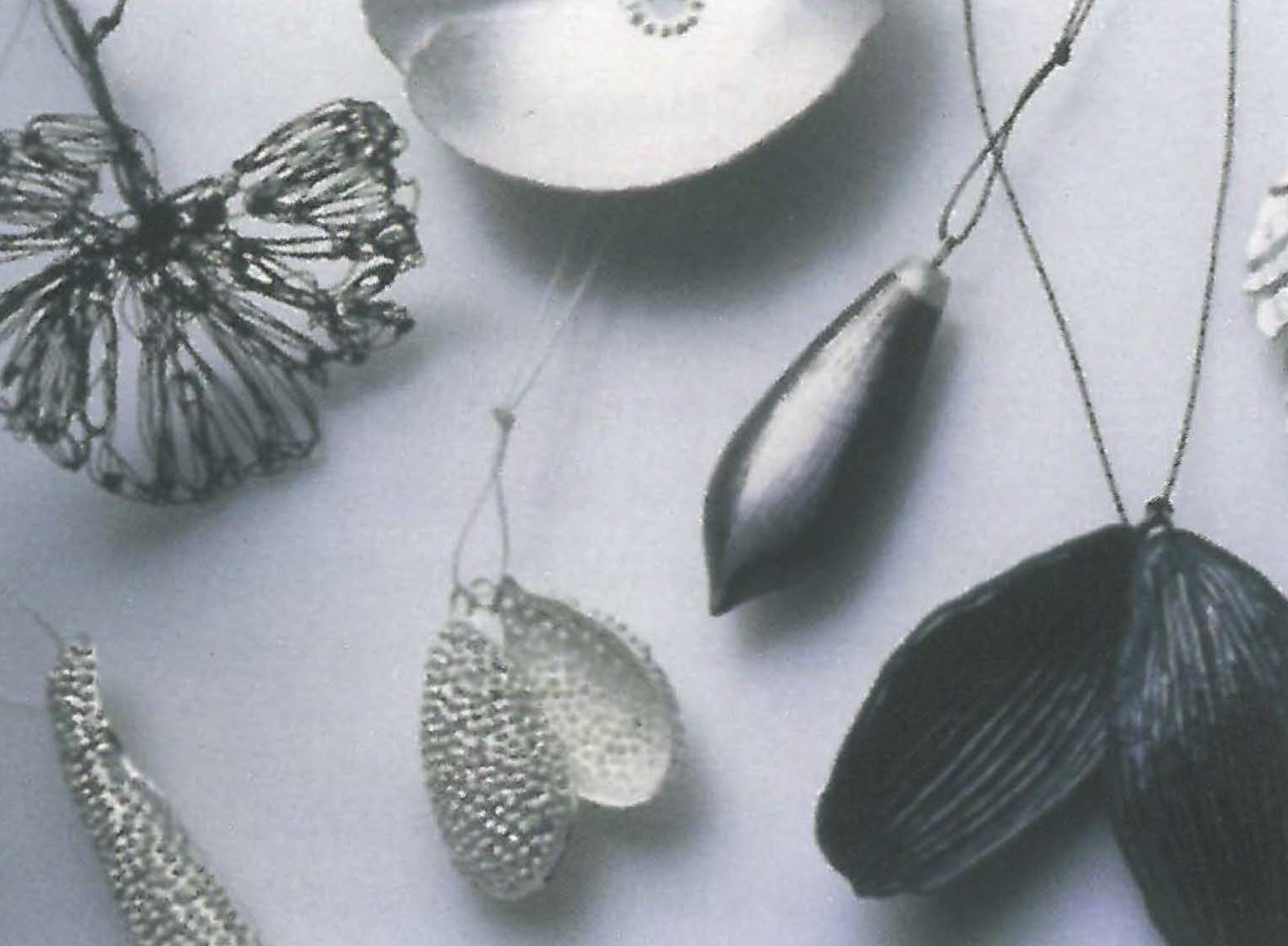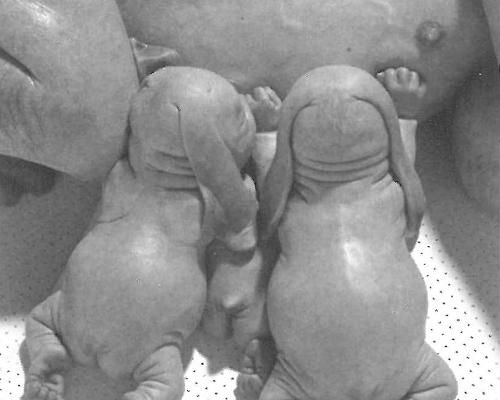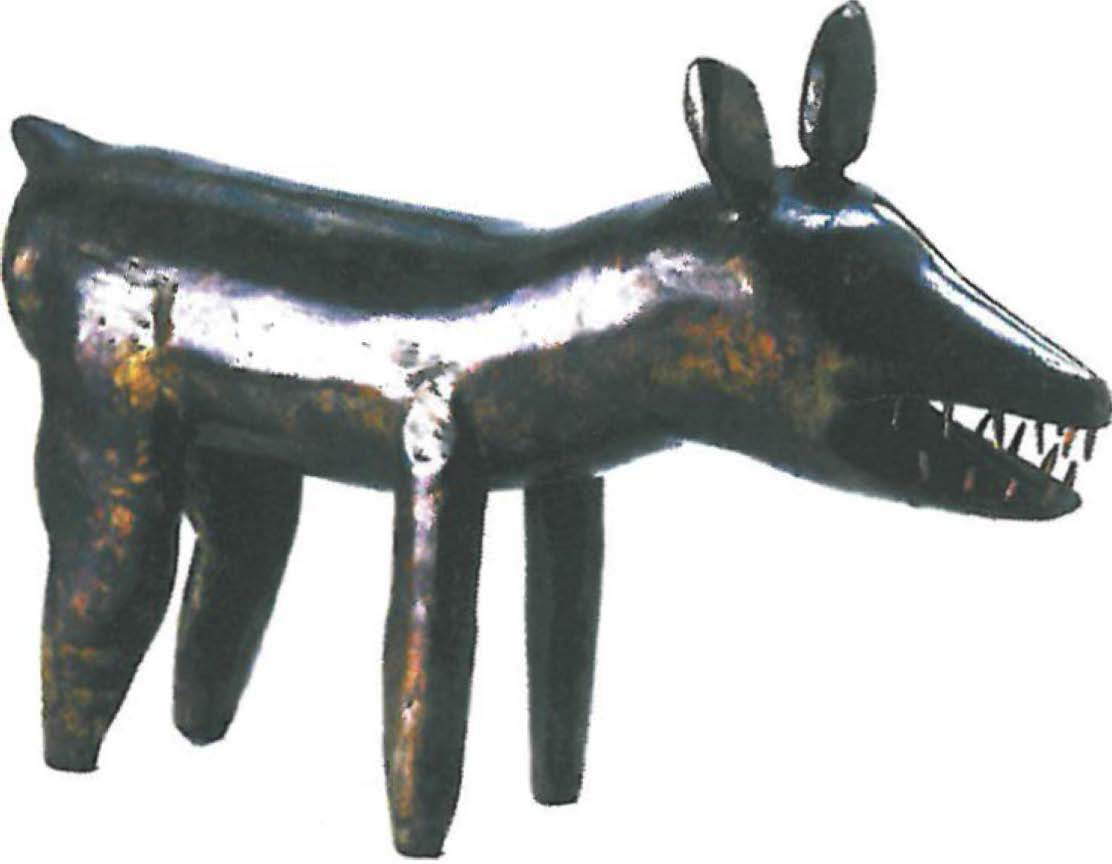
When entering this exhibition my first impression was of confusion, what was it that I was looking at?& I knew where I was, and I recognised art all around, competing for space, but I wasn't expecting such an eclectic mix& all this indigenous imagery jostling with non-indigenous forms and traditions; all this craft mixing it with fine art; imagery of biological form and texture in exquisite detail here and abstracted to pattern there; traditional materials in one corner transposed to non-traditional materials in another& all a bit wild by nature. The diversity told me it had to be a survey. Gradually the show unfolded for me. Margot Osborne, in her extensive tour of Australia, covering all the major ecological zones, has brought together a survey of art that is a cunning trajectory clipping all the major politico-cultural issues of the past couple of decades. national identity, reconciliation of Indigenous and non-Indigenous Australia, equal opportunity for representation (for Indigenous, ethnic and women), the merging of fine art and craft, ecological sustainability, protection of biodiversity, centre/periphery; regionalism& they are all here, in the background.
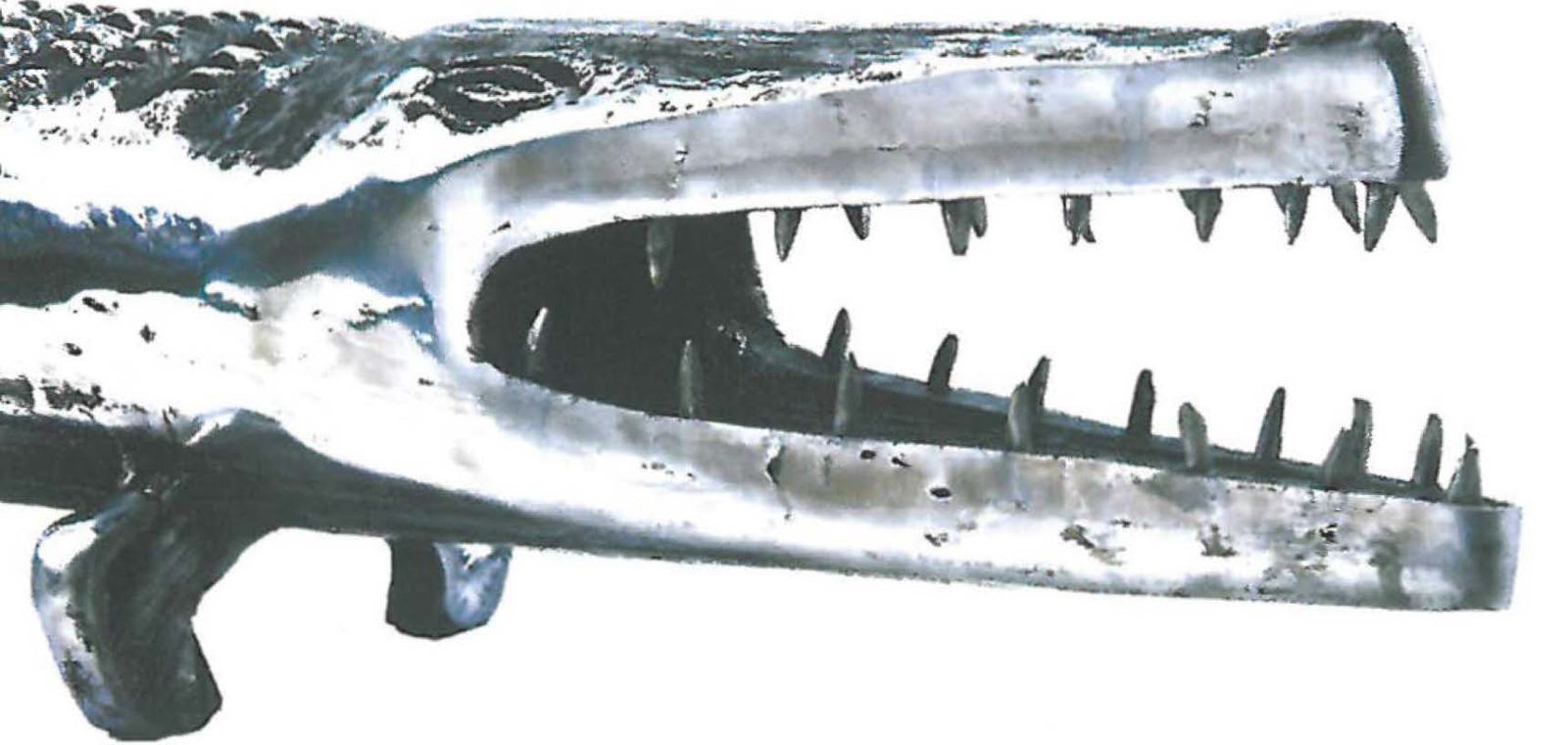
Significantly, Osborne has cast her net wide by including an equal balance of Indigenous and non-indigenous artists, more females than males, many non-urban based artists and as much craft-based work as fine art. Rather than skewing the survey, it appears to balance it within the specific intent of the 'wild nature' theme.
In the foreground is a bold celebration of the beauty and locally significant uniqueness of Australia's flora and fauna, through artwork. This is the artists' focal point, and largely that of the curator. All are by degrees complicit in the stated aims of contributing to a shift in perception about what is there in our supposedly empty land and to provoke discussion about portrayal of our natural heritage.
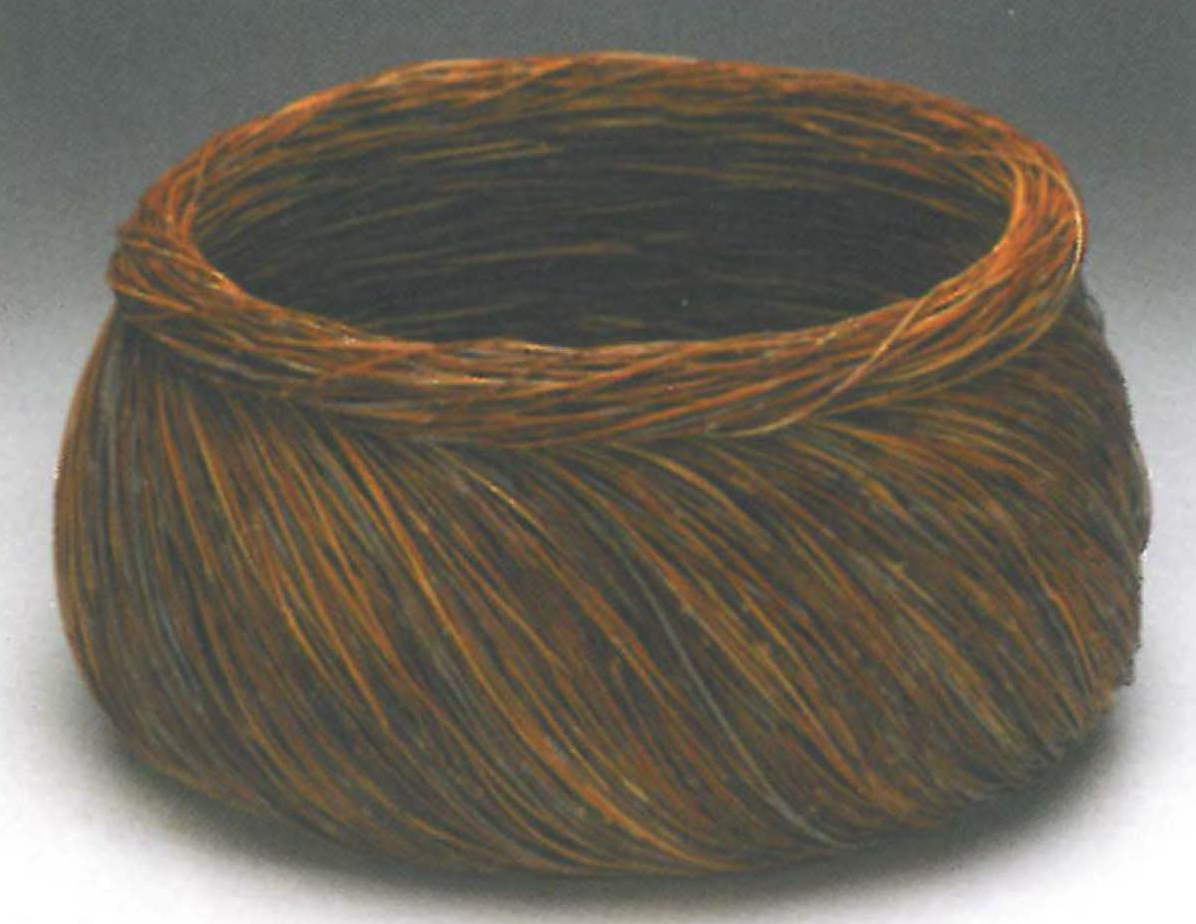
This is not a new theme; successive generations of Australian artists have quite consciously sought to unpack this space. Significantly the current generation has taken the landscape painting, the macrocosm, as given and peered ever closer at the microcosms, at what makes the elements within it breathe and sing and proliferate. From this cross-section of Australian artists represented in Wild Nature we get an affirmation and valorisation of our biodiversity through their demonstrated interest in something that is important to them, something that they have come to know intimately& it has become part of their story, who they are.
Most of the works are new, some were familiar from other pieces by the same artists. I was particularly thrilled by many of the works that seemed to have peeled back yet another layer of the perceptual filter, filling me with appreciation. Notably, the exquisite spinifex runner basket forms of Shirley Macnamara; Robin Best's Black Coral and Bryozoan engraved porcelain vessels from her Fleurieu Marine Forms series; Craig Koomeeta's powerful cast bronze Crocodile and Dingo sculptures, transposed from their traditional place in Wik ceremony; Julie Blyfield's delicate interpretations of plants from her garden, presented as jewellery pieces; and Ruth Hadlow's Travel Wagga, a conceptual bed quilt from collections of acacia and eucalypt leaves, mementos from various journeys, stitched together and pinned up as a quilt pattern.
Margot Osborne seeks to reposition our focus in a new cultural space directed toward the future. This hints at an ecological space based on the transcendent premise that all issues can be reduced to survival& ecological survival of our biodiversity; our cultural survival through reconciliation and an understanding of our geographic context. I'll support that and I enjoyed the art.
